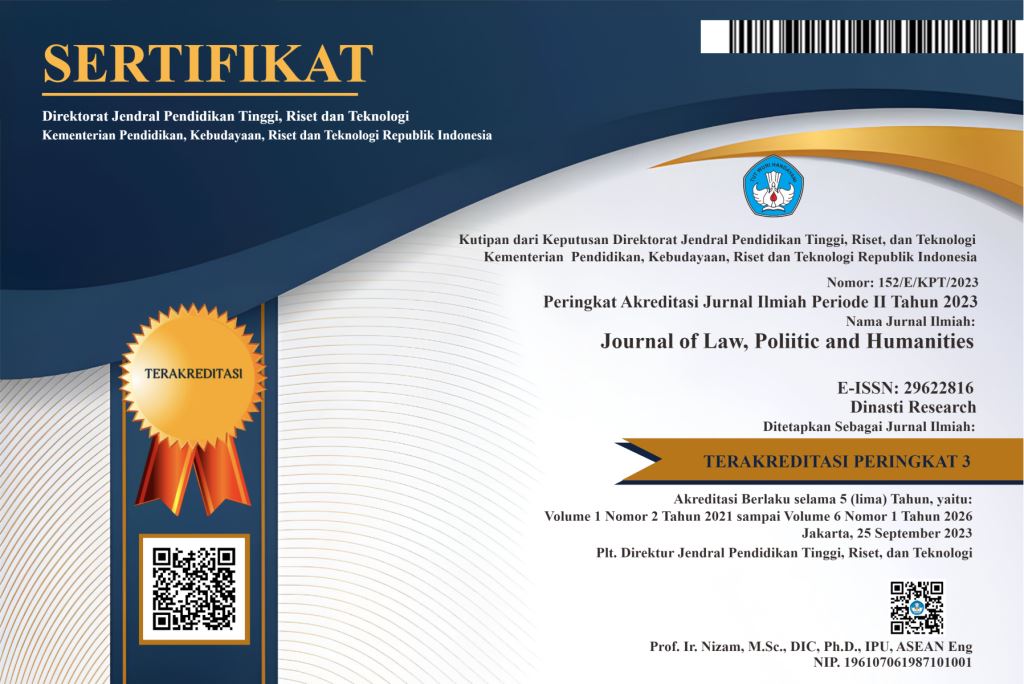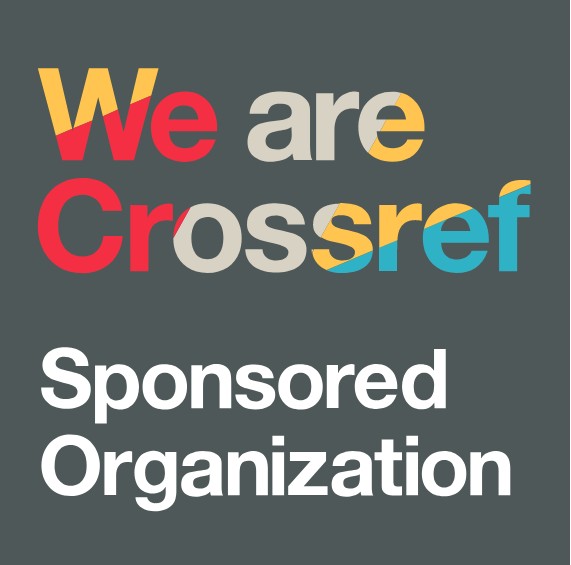The Effectiveness of Reality Therapy to Increase Self-Esteem in Former Female Migrant Workers Beneficiaries at the Margo Widodo Social Service Center in Semarang
DOI:
https://doi.org/10.38035/jlph.v5i6.2215Keywords:
Low Self-Esteem, Reality Therapy, Female WorkersAbstract
The Female Migrant Workers (TKW) Group is a group that works to meet economic needs, as well as the influence of the surrounding environment. After quitting and not having a job, some of this group continue to live as PM in Social Institutions. Former TKW tend to look down on themselves, have a pessimistic outlook on life, are not enthusiastic, have difficulty socializing because they feel useless, feel guilty about themselves, and regret their current life so that this group experiences low self-esteem. One way that can help improve the self-esteem of the PM group is Reality Therapy. The purpose of this study was to determine the effectiveness of reality therapy using the WDEP (What, Doing, Evaluating, Planning) technique to increase self-esteem in PM Mantan TKW at the Margo Widodo Social Service Center in Semarang. This research method is a quasi-experiment, with a pattern matching data analysis technique. Participants in this study were 5 PM Mantan TKW. The self-esteem instrument used was Rosenberg Self Esteem in the form of a pre-test and post-test. Based on the results of the pre-test, 5 participants showed low self-esteem. After the application of Reality Therapy to the PM Mantan TKW group, there was an increase in self-esteem, this was supported by the results of the post-test which showed that 5 participants had normal category self-esteem. The following are the results of the pre-test and post-test for each participant, with a score classification from RSES 0-14 low, 15-25 normal, 26-30 high. Participant MH had an RSES score of 14 to 19, participant DA 12 to 16, KI score 11 to 16, BI score 11 to 15, and SN score 12 to 17. Based on the results found before and after the intervention, it can be concluded that WDEP technique reality therapy is effective in helping to improve self-esteem in PM Former Female Migrant Workers at the Margo Widodo Social Service Center in Semarang.
References
Aulia, D. A., & Sovitriana, R. (2021). Terapi Realitas untuk meningkatkan Self- Esteem pada Wanita di Panti Sosial. MindSet, 1(1), 117–126. doi:10.35814/mindset.v1i01.2613https://journal.univpancasila.ac.id/index.php/mindset/article/view/2613/1476
Ady, I. N. C. (2021). Reality therapy untuk meningkatkan penyesuaian diri remaja dengan gangguan major depressive disorder. Procedia: Studi Kasus DanIntervensi Psikologi, 9(2), 62–66. doi:10.22219/procedia.v9i2.1631
Baitina, A. (2020). Reality therapy untuk meningkatkan self acceptance pada mahasiswa dengan problem kecemasan.Procedia: Studi Kasus Dan Intervensi Psikologi, 4(1), 19-25.doi:10.22219/procedia.v4i1.11963
Coopersmith, S. (1967). The antecedents of self esteem. San Francisco: W.H. Freeman and Company
Febrina, D. T., Suharso, P. L., & Saleh, A. Y. (2018). Self-esteem remaja awal: temuan baseline dari rencana program self-instructional training kompetensi diri.Jurnal Psikologi Insight,2(1), 43-56. doi:10.17509/insight.v2i1.11922
Guindon, M.H. (2010). Self Esteem Across The Lifespan. New York: Routledge Taylor & Prancis Group.
Habibullah, Naderi, et.al. (2009). Self Esteem, Gender and Academic Achievement of Undergraduate Students. American Journal of Scientific Research, Iss 1450-223X issue 3, 26-37.
Kumalasari, A.Y., & Rahayu, M.N.M. (2022). Self Esteem dan Citra Tubuh Pada Wanita Dewasa Pasca Melahirkan. Psikoborneo: Jurnal Ilmiah Psikologi, 10(4), 653-661. http://dx.doi.org/10.30872/psikoborneo.v10i4
Lynne Simpson-Scott, B.A., M.S.L.S. (2009). Self-perceived Information Seeking Skills and Self-esteem in Adolescents by Race and Gender. University of North Texas.
Neff, K. & Vonk, R. (2009). Self- compassion and global self-esteem: Two different ways of relating to oneself. Journal of personality, 77(1), 23-50.
Rosenberg, M. (1965). Skala Harga Diri Rosenberg (RSE). Terapi Penerimaan dan Komitmen. Paket Pengukuran, 61.
Rosaliza, M. (2015). Wawancara Sebuah Interaksi Komunikasi Dalam Penelitian Kualitatif. Jurnal Ilmu Budaya, 1(2). https://doi.org/10.31849/jib.v11i2.1099
Downloads
Published
How to Cite
Issue
Section
License
Copyright (c) 2025 Heni Silva Runaweri, Christin Wibhowo

This work is licensed under a Creative Commons Attribution 4.0 International License.
Authors who publish their manuscripts in this journal agree to the following conditions:
- The copyright on each article belongs to the author(s).
- The author acknowledges that the Journal of Law, Poliitic and Humanities (JLPH) has the right to be the first to publish with a Creative Commons Attribution 4.0 International license (Attribution 4.0 International (CC BY 4.0).
- Authors can submit articles separately, arrange for the non-exclusive distribution of manuscripts that have been published in this journal into other versions (e.g., sent to the author's institutional repository, publication into books, etc.), by acknowledging that the manuscript has been published for the first time in the Journal of Law, Poliitic and Humanities (JLPH).


























